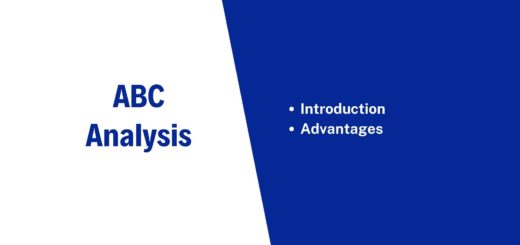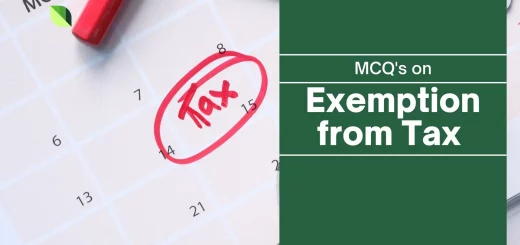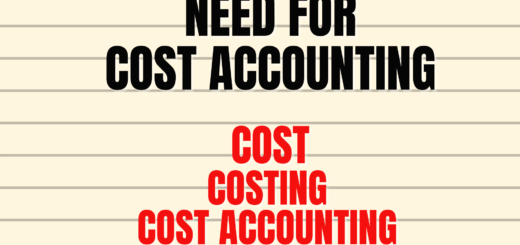50+ Standard Costing MCQ | Cost Accounting MCQs (Free Resource)
31. While computing variances from standard costs, the difference between the actual and the standard prices multiplied by the actual quantity yields a
(a) Yield variance
(b) Volume variance
(c) Mix variance
(d) Price variance
32. While evaluating deviations of actual cost from standard cost, the technique used is
(a) Regression analysis
(b) Variance analysis
(c) Linear progression
(d) Trend analysis
33. Which of the following statements is/are true?
(i) The standard cost per unit of materials is used to calculate a materials price variance
(ii) The standard cost per unit of materials is used to calculate a materials usage variance
(iii) The standard cost per unit of materials cannot be determined until the end of the period
(a) Only (i) above
(b) Only (ii) above
(c) Only (iii) above
(d) Both (i) and (ii) above
34. The labour cost variance may be expressed as
(a) Budgeted labour cost – Actual labour cost
(b) (Standard wage rage x Output achieved) – Actual wage cost
(c) (Standard hours – Actual hours) x Actual wage rate
(d) (Standard hours – Actual hours) x Standard wage rate
35. Which of the following statements is/are true?
(i) The standard direct labour hours per unit of output is used to calculate a labour rate variance
(ii) The standard direct labour hours per unit of output is used to calculate a labour efficiency variance
(iii) The standard direct labour hours per unit of output cannot be determined until the end of the period
(a) Only (i) above
(b) Only (ii) above
(c) Only (iii) above
(d) Both (i) and (ii) above
36. Which of the following is a purpose of standard costing?
(a) To determine profit at different levels
(b) To determine break-even production level
(c) To control costs
(d) To allocate cost with more accuracy
37. Which of the following best describes a basic standard?
(a) A standard set at an ideal level, which makes no allowance for normal losses, waste and machine downtime.
(b) A standard which assumes an efficient level of operation, but which includes allowances for factors such as normal loss, waste and machine downtime.
(c) A standard which is kept unchanged over a period of time.
(d) A standard which is based on current price levels.
38. Actual units of direct materials used were 20,000 at an actual cost of Rs 40,000. Standard unit cost is Rs 2.10. Assuming the materials price variance is recognized when the materials are used, the materials price variance (MPV) is:
(a) Rs 1,000 favourable
(b) Rs 1,000 unfavourable
(c) Rs 2,000 favourable
(d) Rs 2,000 unfavourable
39. If material cost variance is Rs 9,400 (favourable) and material usage variance is Rs 8,200 (adverse), then material price variance (MPV) is
(a) Rs 5,600 (favourable)
(b) Rs 5,600 (adverse)
(c) Rs 6,400 (favourable)
(d) Rs 17,600 (adverse)
(e) Rs17,600 (favourable)
40. The actual materials price (AP) was Rs 3.50, the actual quantity (AQ) of material was 5,100 units, and the materials price variance (MPV) was 1,275 unfavourable. The standard materials price (SP) was :
(a) Rs 3.75
(b) Rs 3.30
(c) Rs 3.00
(d) Rs 3.25
| Answer: 31)Price variance 32)Variance analysis 33)Both (i) and (ii) above 34)(Standard wage rage x Output achieved) – Actual wage cost 35)Only (ii) above 36)To control costs 37)A standard which is kept unchanged over a period of time. 38)Rs 2,000 favourable 39)Rs17,600 (favourable) 40)Rs 3.25 |



Q. NO. 5 3RD ANSWER HOGA